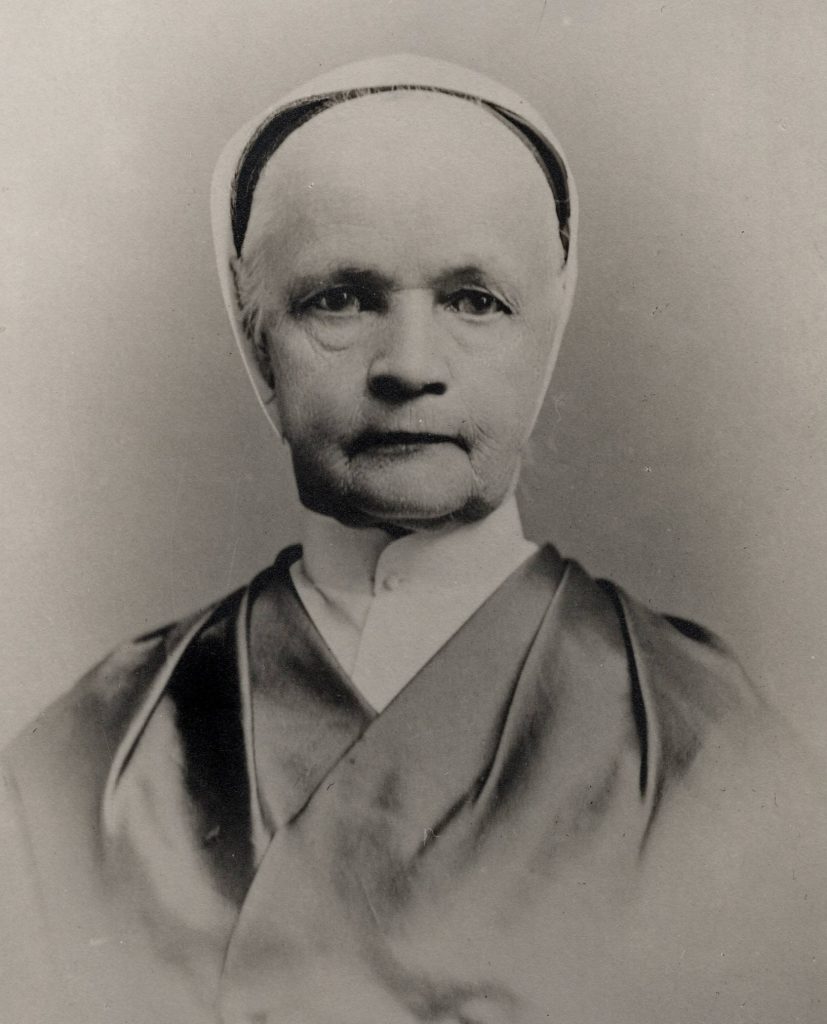
The Beauty of My Shaker Faith
by Eldress Harriet Bullard
My call to be a Believer is something more than a casual circumstance. I feel its force and realize its holiness. As a woman in the sphere of nature, I realize how enslaved I should be to the fashions and life that gratify the merely animal, the object and slave of man’s passions. As a sister in the spiritual family of Christ, I am relieved of earthly servitude, and am a free being—free to live and be as pure as the heavens, with companions who are also pure. I have the association of brethren, upon whom I can depend for my spiritual and physical protection,—who are not seeking the spoliation of the angel virtue in woman. We, as their sisters, are enabled to be their ministers of comfort and love. The reciprocity of gentleness and sweet companionship between brethren and sisters, who are true and well tried, may find an equal illustration in the heavens, but no other condition on earth yields equal joy.
I realize every day of my life the beauty of my Gospel faith. Living in pure virginity, apart from the excitements of a worldly life; with the privilege of confessing and forsaking the mistakes of the past and of feeling attachment and relation to the spirits in the heavenly world. My whole being is under the guidance and ministration of the superior world. I love its discipline. I am happy in my call to an entire consecration of soul and body to a cause so noble; and though many rebel against the call of God, I know that the discipline of a Shaker life is of God and that its principles can never fail. I have tasted the bread and waters of a regenerated and eternal life, and to every sincere seeker after truth, I send greeting, and a welcome to share with me.
ELDRESS HARRIET BULLARD, 1872.
This material is taken from Shakerism: Its Meaning and Message, Embracing An Historical Account, Statement of Belief and Spiritual Experience of the Church from Its Rise to the Present Day., by Anna White and Leila S. Taylor (Columbus, Ohio: Press of Fed J. Heer, 1905), p. 391. A digital edition of this book is now available on line.

